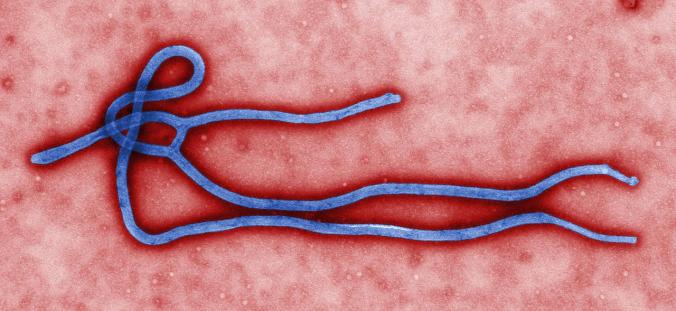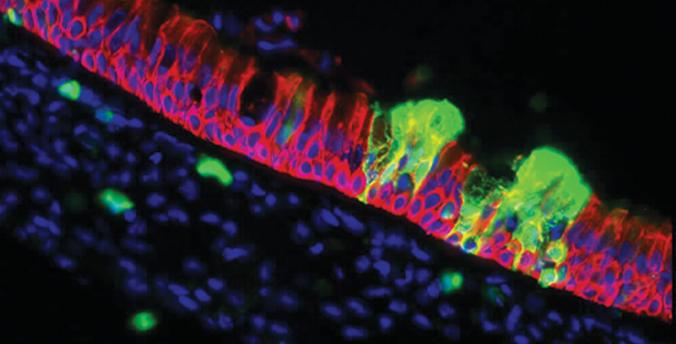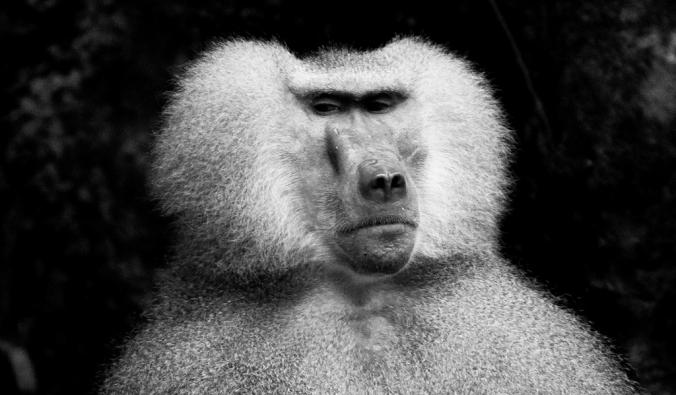
If you have ever struggled through a math class, you may not think of numbers as natural. They may seem more like a tool that you have learn how to use, like Excel or a nail gun. And it’s certainly true that numbers pop in the archaeological record just a few thousand years ago, with the abruptness you’d expect from an invention. People then improved the number system after that, with the addition of zero and other upgrades.
But scientists have found that we are actually born with a deep instinct for numbers. And a new study suggests that our number sense operates much faster than previously thought. It might be better called our number reflex.


